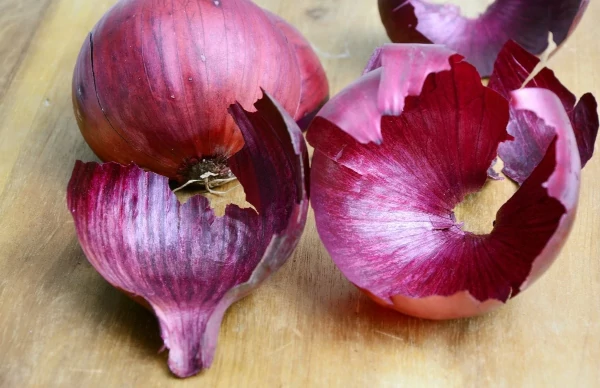Using porous carbon nanoparticles from waste onion peels, a team of scientists have developed soft robotic actuators with enhanced photomechanical capacity. The actuators can act as efficient traps for the illuminating low-power near-infrared (NIR) light and can convert a control signal into mechanical motion with bioengineering applications such as drug delivery, wearable and assistive devices, prostheses, and even artificial organs.
Soft robots or actuators consisting of rubber-like polymer with embedded nanomaterials which convert a source of energy to mechanical motion have been gaining much interest with targeted applications in areas including bio-medical, military, and remote space operations. Generation of predesigned motion facilitated by their flexibility, affordability, and easy customization are the main reasons for such interest. The high thermal conductivity of these nanoforms results in rapid distribution of the heat generated locally by thermal and photo-thermal stimuli. To take these actuators to the next level of development, heat traps can be created to capture and contain the generated heat for slightly longer durations such that the achieved photomechanical actuation can be enhanced.
A team led by Prof. S. Krishna Prasad at the Centre for Nano and Soft Matter Sciences (CeNS), Bengaluru, has realized such a possibility by utilizing porous carbon nanoparticles (PCNs). In the research work recently published in the ‘Journal of Nanostructure in Chemistry,’ the porous nano-carbons (PCN) prepared were prepared from waste onion peels by Dr. Gurumurthy Hegde at the B.M.S. College of Engineering, Bengaluru.
The specific surface area of the high porosity PCNs were efficient traps for the illuminating low-power near-infrared (NIR) light resulting in the film comprising PCNs and PDMS achieving large magnitude (multi-mm) actuation with fast (sub-second) responses. These features are seldom obtained in single-layer films containing any other carbon nanostructure.
The researchers attribute the heat-trapping capability to the manner in which the PCN is prepared. Ms. Pragnya Satapathy, a senior research fellow, says, “Exhaustive measurements performed show that the photothermal conversion efficiency and the heat-trapping capability is seen to be strongly correlated with the pyrolysis temperature employed for PCN preparation, and thus is an effective control parameter.”
As a value addition, the team also found with an additional ultrathin (30 nm) gold layer, the actuation magnitude could be more than doubled, and more importantly, bidirectional photo-controlled face-sensitive movement realized. As a novel application-oriented demonstration of the process, the team fabricated a Near-Infrared-driven electrical switch which could activate LED circuits and could be used for other similar applications.
You may also like
-
New Heat-Based Approach To Cancer Treatment Can Reduce Chemotherapy Doses
-
Scientists Take A Major Step Towards Unification Of Classical & Quantum Gravity
-
India Graphene Engineering and Innovation Centre (IGEIC) Under the Vision of Viksit Bharat@2047 Launched
-
New High-Performance Gas Sensor can Monitor Low Level Nitrogen Oxides Pollution
-
Antidepressant Drug can be Repurposed for Treating Breast Cancer
